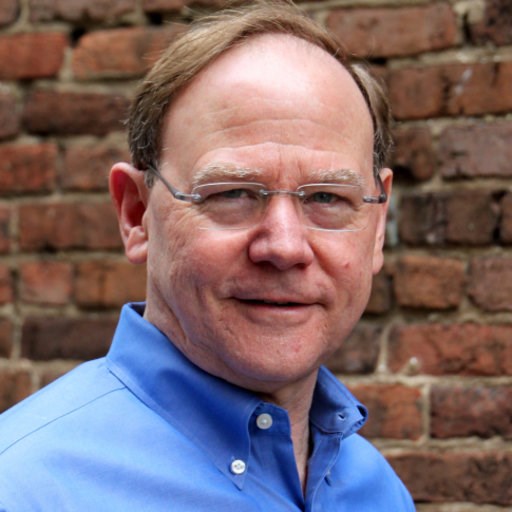Last week, I discussed some of the possible and plausible futures we face. This week, I will focus on the importance of thinking about and then working to create the future we prefer, and the need for “anticipatory democracy.”
Good thinking about the future begins with the recognition that the future is not fixed, but is “plastic,” it can be shaped. So even if we think the future looks grim, that does not mean it will happen; more to the point, it suggests that we can change that future to one we prefer.
Clem Bezold, founder in 1977 of the Institute for Alternative Futures, has spent more than 40 years helping people to think about the future they might face and the future they prefer, and I have been privileged to work with him over the years on health futures. We use scenarios to explore the future of health and health care, and we find the future people think we face and the future they would prefer are often very different.
People tend to think we face a “business as usual” (BaU) future, more of the same but bigger and more high-tech. However, “business as usual” is also beginning to look quite grim, as we witness extraordinary levels of inequality and learn ever more about the emerging global ecological crises of climate change, pollution, resource depletion and species extinctions.
In health care, a BaU future is often seen as more technology, more pills, more machines, but also more impersonal and less caring; such a future is often unappealing, not only to the public but to health-care providers themselves.
So while people might see such a future as likely, it is not necessarily desirable; other alternatives might appear less likely but more desirable and thus preferable. In particular, many tend to prefer scenarios that depict a “green” or transformative future, still high-tech, but using technology in a more humane and environmentally and socially beneficial way.
To describe a preferable future, we use visioning. Bezold summarizes the benefits of visioning succinctly: “Vision is values projected into the future.” Such a future is not about what we think or fear will happen, but what we wish to have happen. In the vision workshops I conduct, I take people through a guided-imagery journey through their community at some point in the future when it is healthy.
The images that emerge and the communities they depict are more like the “green/transformative” scenarios that Bezold and I work with. So what does it mean if our minds tell us that the future we face is not all that desirable, while our hearts tell us we want a very different future?
In psychological terms, this is known as cognitive dissonance; our current collective behaviour, which is delivering our BaU future, is at odds with our values and with our mental map of what we want. Cognitive dissonance can be an important trigger for change. In this case, do we continue to work toward the future we don’t want or try to move toward the future we prefer?
The Institute for Alternative Futures was established with the encouragement and support of Alvin Toffler, whose 1970 book Future Shock popularized futures thinking. One of Toffler’s ideas was what he called “anticipatory democracy” — engaging people in thinking about and choosing the future they prefer in a participatory democratic manner.
One of my former students, Ottilia Berze, has just completed her PhD on foresight at the University of Victoria. One of her key findings is that “foresight literacy, communication and education around foresight, and the facilitation of a culture of foresight are critical” if we are to meet the challenges of the 21st century. She suggests “developing foresight literacy for school-aged children” and recommends that we “embed foresight literacy into the grade school curriculum nationwide.”
Through their strikes against anthropogenic climate change and other activities, young people are expressing their alarm at the future they fear. Now we need to engage them — and their families and communities — in imagining and working to create a just, healthy and sustainable future for themselves. We need a more participatory and anticipatory democracy so that with foresight we can create the future our young people deserve.
Dr. Trevor Hancock is a retired professor and senior scholar at the University of Victoria’s School of Public Health and Social Policy.



